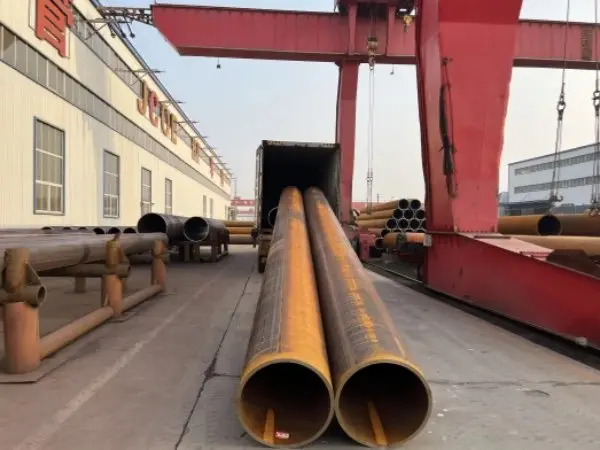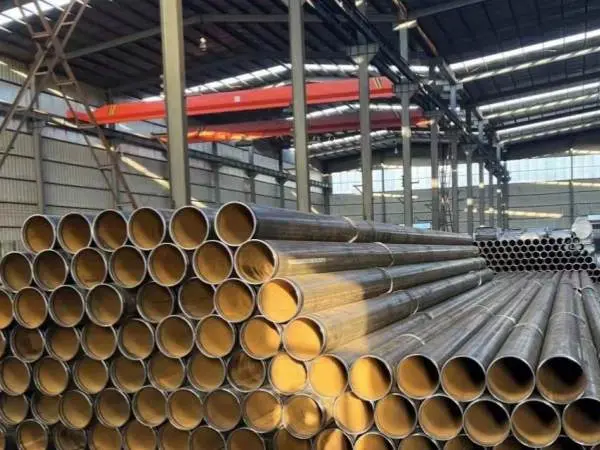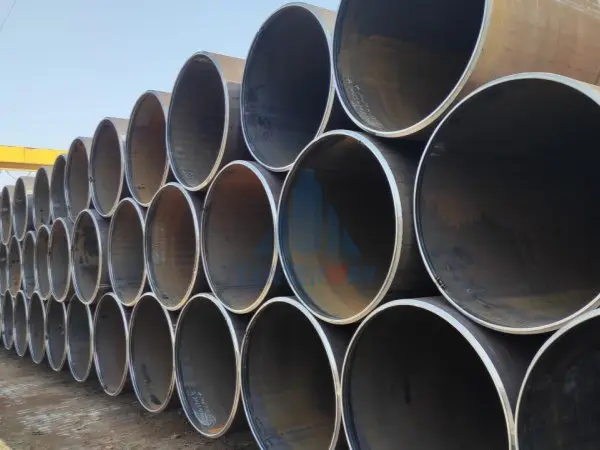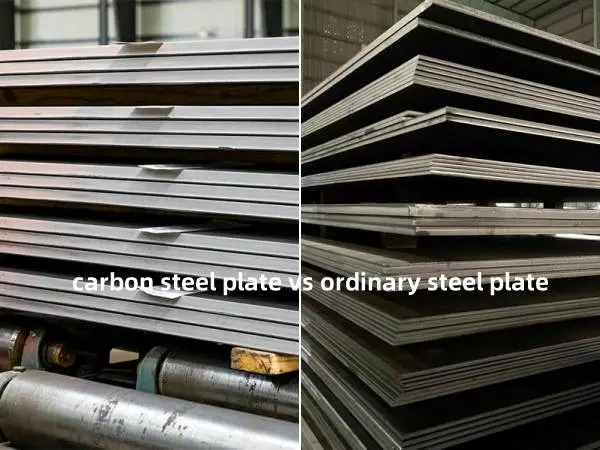- Phone0086 731 8564 8255
- E-mailsales@cscsteel-manufacturing.com
-

Choosing Electric Resistance Welded (ERW) pipes for oil and gas pipelines involves several critical considerations to ensure performance, safety, and compliance with industry standards. Here are key factors to keep in mind.
1. Material Specifications
Steel Grade: Select the appropriate steel grade based on the specific requirements of the pipeline, considering factors like pressure, temperature, and corrosiveness of the transported media. Common grades include API 5L, ASTM A53, and ASTM A500.
Corrosion Resistance: Depending on the environment, consider using coated or alloyed pipes to enhance corrosion resistance.
2. Pipe Diameter and Wall Thickness
Diameter: Choose the diameter based on the flow requirements and pressure ratings of the pipeline system.
Wall Thickness: Ensure the wall thickness meets or exceeds the required pressure ratings, as per relevant standards like ASME B31.4 for liquid pipelines or ASME B31.8 for gas pipelines.
3. Weld Quality
Weld Specifications: Verify that the welding process used in the production of ERW pipes meets applicable standards for quality and integrity. Check for certifications related to weld quality.
Non-Destructive Testing (NDT): Ensure that the pipes undergo appropriate NDT methods (e.g., ultrasonic testing, X-ray inspection) to assess weld integrity.
4. Standards and Certifications
Compliance: Ensure the pipes comply with relevant industry standards (e.g., API, ASTM, ISO) and regulatory requirements for oil and gas applications.
Supplier Certification: Choose suppliers with certifications like ISO 9001 or API Q1 to ensure adherence to quality management systems.
5. Pressure Rating
Design Pressure: Confirm that the ERW pipe can handle the maximum operating pressure of the pipeline, including factors like surge pressures.
Service Conditions: Consider any additional pressure requirements due to fluctuating operational conditions.
6. Manufacturing Process
Manufacturing Quality: Select pipes manufactured using advanced ERW techniques, which enhance uniformity and mechanical properties.
Traceability: Ensure the manufacturer provides traceability documentation for the materials used in the pipes.
7. Environmental Considerations
Service Environment: Assess environmental conditions, such as temperature extremes, humidity, and the presence of corrosive substances, to determine appropriate protective measures.
Coating and Protection: Consider external coatings or linings to prevent corrosion and damage from external factors.
8. Cost and Availability
Budget: Consider your budget while balancing quality and performance requirements. ERW pipes generally offer a cost-effective solution compared to seamless pipes.
Supplier Availability: Ensure that the selected supplier can meet delivery timelines and provide ongoing support.
9. Installation and Handling
Installation Guidelines: Follow installation best practices to avoid damage during transport and installation, including proper handling techniques.
Documentation: Maintain thorough documentation throughout the procurement and installation process for future reference and compliance.
In summary, selecting ERW pipes for oil and gas pipelines involves careful consideration of material specifications, manufacturing quality, compliance with standards, and the specific requirements of the application. By focusing on these factors, you can ensure the successful performance and safety of your pipeline system.




